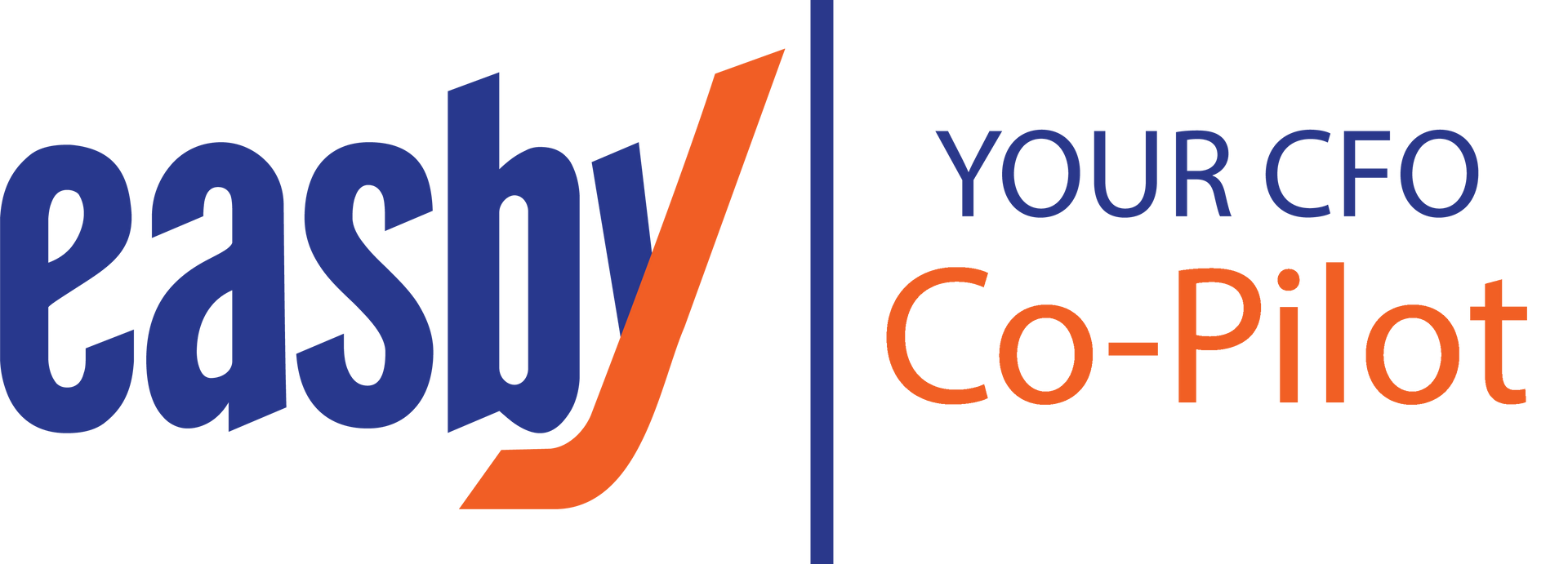Don’t Let Your Accounting System Give You Growing Pains
Share this article:
Rose Report: Issue 34

As your business grows, so does your need to replace tedious manual procedures with centralized, automated and standardized accounting and finance processes. However, that doesn’t mean you need to abandon your current accounting software and invest in an Enterprise Resource Planning (ERP) solution. At Rose Financial Services (RFS), we developed RFSWorkflow to deliver much of the value of an ERP without the costly investment in software and customization.
to deliver much of the value of an ERP without the costly investment in software and customization.
How it Works
RFSWorkflow is our platform that serves as the secure web-based conduit between your users and your accounting software, whatever that may be. Designed by accountants, for accountants, RFSWorkflow
is our platform that serves as the secure web-based conduit between your users and your accounting software, whatever that may be. Designed by accountants, for accountants, RFSWorkflow uses an intuitive interface that enhances your current accounting software and allows authorized account owners to easily review, approve and execute paperless transactions.
uses an intuitive interface that enhances your current accounting software and allows authorized account owners to easily review, approve and execute paperless transactions.
RFSWorkflow seamlessly integrates with your existing accounting software and gives you visibility into your accounting processes, while allowing for the centralized storage of indexed supporting documentation, change logs, review notes and audit trails. RFSWorkflow
seamlessly integrates with your existing accounting software and gives you visibility into your accounting processes, while allowing for the centralized storage of indexed supporting documentation, change logs, review notes and audit trails. RFSWorkflow standardizes and automates processes, allowing technology to manage tedious processes so RFS can focus on providing you with more high-value support, including financial management and strategic guidance. Our solution is a one-of-a-kind technology and services solution that brings ERP capabilities to small to mid-sized companies, while saving approximately 30 to 50 percent of what it would cost to manage these processes internally.
standardizes and automates processes, allowing technology to manage tedious processes so RFS can focus on providing you with more high-value support, including financial management and strategic guidance. Our solution is a one-of-a-kind technology and services solution that brings ERP capabilities to small to mid-sized companies, while saving approximately 30 to 50 percent of what it would cost to manage these processes internally.
RFSWorkflow Advantages
Advantages
RFSWorkflow removes paper from the accounting process, structures finance, accounting and meta data, improves efficiency, limits risk, reduces human error and is configured to maintain best practices.
removes paper from the accounting process, structures finance, accounting and meta data, improves efficiency, limits risk, reduces human error and is configured to maintain best practices.
Our clients see the benefits through financial clarity. RFSWorkflow provides a dashboard that includes key reports and metrics on all your financial information. With RFSWorkflow
provides a dashboard that includes key reports and metrics on all your financial information. With RFSWorkflow , not only can data be viewed and accessed from anywhere, tasks can also be performed from anywhere with reduced effort. For example, through RFSClarity
, not only can data be viewed and accessed from anywhere, tasks can also be performed from anywhere with reduced effort. For example, through RFSClarity , our mobile application, or any browser, a CEO/manager can approve a bill, authorize and issue a payment batch, approve payroll and billing, receive notifications of the daily deposit, review the audit trail of any transaction including supporting documents or view monthly financial packages for current and past periods. In many cases, RFSWorkflow
, our mobile application, or any browser, a CEO/manager can approve a bill, authorize and issue a payment batch, approve payroll and billing, receive notifications of the daily deposit, review the audit trail of any transaction including supporting documents or view monthly financial packages for current and past periods. In many cases, RFSWorkflow extends the life of your accounting software as a company grows.
extends the life of your accounting software as a company grows.
Don’t let your accounting software give you growing pains. RFSWorkflow is a cost-effective solution that grows with your company and provides the advantage of ERPs without having to abandon your current accounting and finance system. Learn more about RFSWorkflow
is a cost-effective solution that grows with your company and provides the advantage of ERPs without having to abandon your current accounting and finance system. Learn more about RFSWorkflow on our website at: www.rosefinancial.com.
on our website at: www.rosefinancial.com.
Visit Us On:





